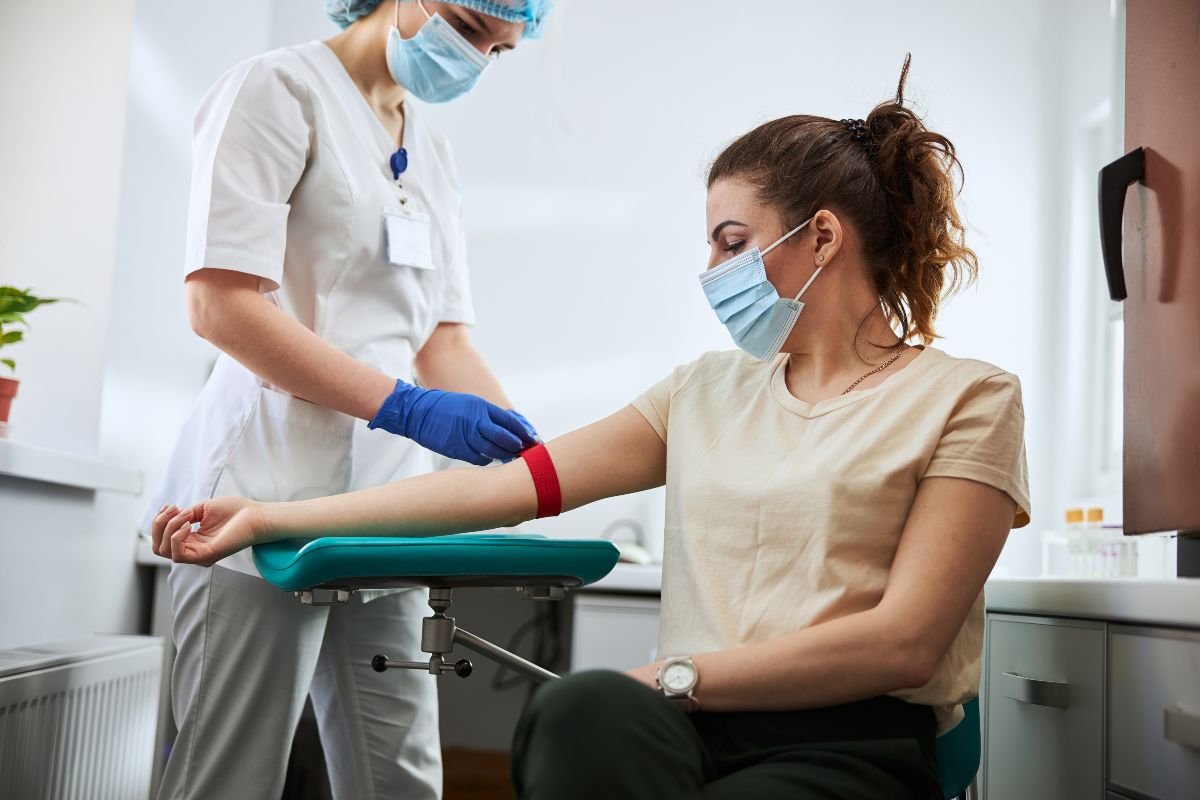For some time, news headlines have warned that our country is facing a formidable healthcare workforce shortage. The Bureau of Labor Statistics projects a deficiency of 195,400 nurses by the year 2031, and the Association of American Medical Colleges forecasts a shortage of up to 124,000 physicians by 2032.
Healthcare workforce development is crucial, even if healthcare transformation helps to alleviate some of the shortfall. The pool of aging Americans is growing faster than the numbers of providers to treat them, and the problem is compounded with a younger generation hesitant to consider medical professions fearing the crushing student debt associated with advanced degrees.
Is there a scalable way to generate the skilled healthcare workforce that is desperately needed without having to go through the cost-prohibitive, traditional advanced degree route? We are about to find out: Bloomberg Philanthropies recently announced its $250 million initiative to create healthcare-focused high schools in 8 urban and 2 rural communities across the country. Students will get a specialized healthcare curriculum, the opportunity to earn certifications, and hands-on work in a partner health system.
Upon graduation, students get a guaranteed job within the partner healthcare system or an option to advance their healthcare career through post-secondary education.
Even if your health system wasn’t a lucky recipient of Bloomberg’s largesse, there are still ways to benefit from this particular strategy for healthcare workforce development. While Bloomberg’s investment is novel in size and geographic scope, individual models of similar Career Technical Education (CTE) partnerships are already underway across the county. These case studies can serve as a blueprint for customizing programs for local and regional community needs.
Here are a few of the trends and learnings we’re seeing in existing healthcare-focused high school programs.
Grade Level – Most programs are for 9-12th graders. But in Boston, the Edward M. Kennedy Academy in partnership with Mass General Brigham will use the Bloomberg funds to expand its program to 7th and 8th grades. In rural northeast Tennessee and southwestern Virginia, Ballad Health’s programs with multiple schools start medical career exploration for students as early as 5th grade.
Curriculum Focus – Programs also differ in professional tracks offered. Many programs offer nursing degrees, such as certified nursing assistant, or coursework credits toward advanced nursing degrees. But several offer tracks for other health professions like emergency medical technicians, medical imaging, medical and surgical technologists, radiology technicians, respiratory therapists, phlebotomists, central sterile processing technicians, and clinical research assists, and sterile processing technicians.
Target Student Demographic – Some Bloomberg recipients are adopting already-proven best practice CTE healthcare-specific models. For example, the consortium of Bloomberg recipients in Nashville (HCA Healthcare TriStar, Vanderbilt Health, Ascension, National HealthCare Corporation, and Nurse Middle College) will base their program on the Rhode Island Nurses Institute Middle College (RINI).
RINI is the first public charter high school in the U.S. focused on the profession of nursing, but also offers certification as Certified Nursing Assistants and EMTs. The program prides itself on preparing students from groups that are underrepresented in the healthcare workforce, with 90% coming from Black, Hispanic, and low-income backgrounds. (Research demonstrates that a diverse healthcare workforce is a vital component in achieving health equity; but, since the landmark 2003 Institute of Medicine report calling for an increase in minority healthcare workers, the number of Black physicians, for example, has only risen from 3.3% to 5% of total.)
Many RINI students have already personally experienced barriers in the American health system, whether it’s language obstacles, access challenges, insufficient insurance, or transportation issues. As such, RINI leadership recognizes that not only can their CTE graduates immediately enter the healthcare workforce in family-sustaining jobs, but they are uniquely able to foster relationships of respect, empathy, and trust in communities they reflect that ultimately can improve health outcomes.
What's Next for Healthcare Workforce Development?
The breadth of existing and new models of healthcare high schools reflects that there is no one-size-fits-all approach to developing a local workforce pipeline. Following the adage “form follows function,” the first step for any organization considering such an initiative is to identify your organization’s strategic ambitions today and in the next 10 years. Does your community include ambulance deserts or struggle to staff emergency services? Then perhaps developing a program focusing on training EMTs is the priority. Or does your market have a significant aging population that will be seeking care in your SNFs and assisted living facilities? If so, finding an educational partner to create a nursing pipeline may be the first step.
Professionals in the healthcare industry are acutely aware that 80% of a person’s health is determined outside the hospital or doctor’s office, and healthcare high schools are a concrete example of partnerships that can yield tangible, positive results for both the provider and community. Beyond the examples already cited, high school tracks could be developed for other in-demand roles in public health, community health workers, and mental health providers.
Zooming out even more, perhaps these healthcare high schools could become part of a larger anchor strategy, currently a cornerstone for over 70 health systems across the country, which aim to build community health and wealth through local hiring, investing, purchasing, and community engagement. CTEs that connect residents – especially in economically disadvantaged neighborhoods - to quality healthcare jobs and career pathway sustainability may be the best tool yet for achieving a provider’s mission and vision.










